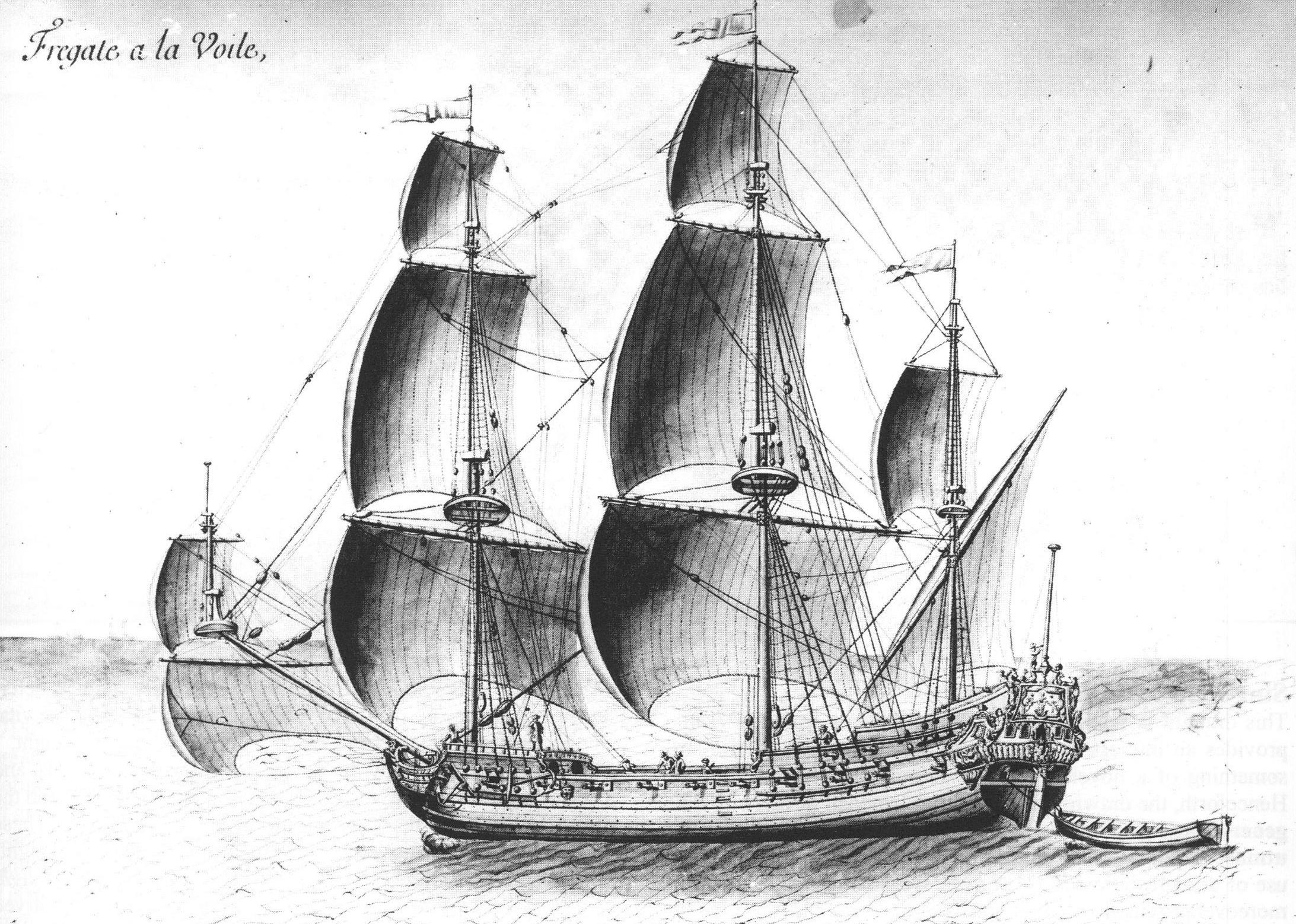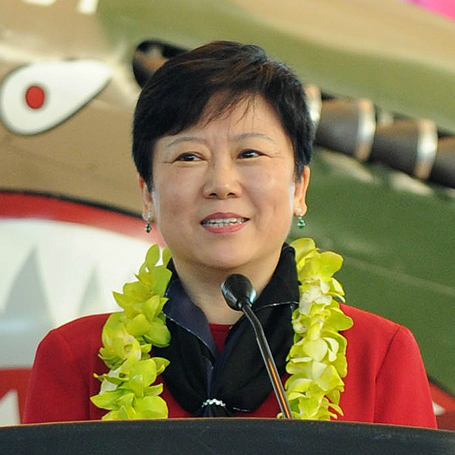|
Ding Yiping
Ding Yiping (; born February 1951) is a retired vice-admiral (''zhong jiang'') of the People's Liberation Army Navy (PLAN) of China. He served as Deputy Commander and Chief of Staff of the PLAN, and Commander of the North Sea Fleet. He was groomed to be the candidate for PLAN Commander, but was demoted following the fatal submarine 361 accident in 2003. Early life and career Ding Yiping was born in February 1951 in Xiangxiang, Hunan Province. He graduated from PLA Naval Command Academy. He is the son of Lieutenant General Ding Qiusheng ( 丁秋生), the founding political commissar of PLAN's North Sea Fleet, and therefore considered a "princeling". Ding enlisted in the PLA Navy in March 1968, and joined the Communist Party of China in February 1970. He spent most of his career in the North Sea Fleet of the Jinan Military Region, successively serving on the naval ships ''Kunming'', ''Chengdu'', and ''Changsha''. He became captain of ''Changsha'' in the late 1970s. In the 19 ... [...More Info...] [...Related Items...] OR: [Wikipedia] [Google] [Baidu] |
Ding (surname)
Ding () is a Chinese family name. It consists of only 2 strokes. The only two characters that have fewer strokes are "一" and "乙". Distribution In 2019 it was the 48th most common surname in Mainland China. Origins There are four main hypothesized sources of Ding: *The earliest record of this surname in history was the Duke of Ding during the Shang Dynasty. *The name derived from the ancestral surname Jiang. Duke Ding of Qi was the second recorded ruler of the State of Qi. After his death, his descendants adopted his posthumous name Ding as their clan name in his honor. *During Spring and Autumn period, the descendants of Duke Ding of Song also used Ding as their last name. *During the Three Kingdoms period, a general, Sun Kuang of the Wu kingdom, accidentally burnt the food supply and as a punishment, the king Sun Quan ordered this general to change his last name to Ding; the king did not want to bear the same last name as the general. The Ding hometown is supposedly nor ... [...More Info...] [...Related Items...] OR: [Wikipedia] [Google] [Baidu] |
Zhong Jiang
(; ja, 将, Shō; ) is the rank held by general officers in some East Asian militaries. The ranks are used in both the People's Republic of China and the Republic of China on Taiwan. The People's Liberation Army and the People's Armed Police use three levels at present while the Republic of China Armed Forces use four. In both North and South Korea the rank is also used. Chinese variant People's Liberation Army The same rank names are used for all services, prefixed by ''haijun'' () or ''kongjun'' (). Under the rank system in place in the PLA in the era 1955–1965, there existed the rank of () or Grand General. This rank was awarded to 10 of the veteran leaders of the PLA in 1955 and never conferred again. It was considered equivalent to the Soviet rank of ( Army General) which is generally considered a five-star rank, although the insignia itself had only four. The decision to name the equivalent rank when it was briefly re-established in 1988-1994 was likely due ... [...More Info...] [...Related Items...] OR: [Wikipedia] [Google] [Baidu] |
Rear Admiral
Rear admiral is a senior naval flag officer rank, equivalent to a major general and air vice marshal and above that of a commodore and captain, but below that of a vice admiral. It is regarded as a two star " admiral" rank. It is often regarded as a two-star rank with a NATO code of OF-7. The term originated in the days of naval sailing squadrons and can trace its origins to the Royal Navy. Each naval squadron was assigned an admiral as its head, who commanded from the centre vessel and directed the squadron's activities. The admiral would in turn be assisted by a vice admiral, who commanded the lead ships that bore the brunt of a battle. In the rear of the squadron, a third admiral commanded the remaining ships and, as this section was considered to be in the least danger, the admiral in command of it was typically the most junior. This has continued into the modern age, with rear admiral the most junior admiralty of many navies. In most European navies, the equivalent ran ... [...More Info...] [...Related Items...] OR: [Wikipedia] [Google] [Baidu] |
Guangzhou Naval Academy
Guangzhou (, ; ; or ; ), also known as Canton () and alternatively romanized as Kwongchow or Kwangchow, is the capital and largest city of Guangdong province in southern China. Located on the Pearl River about north-northwest of Hong Kong and north of Macau, Guangzhou has a history of over 2,200 years and was a major terminus of the maritime Silk Road; it continues to serve as a major port and transportation hub as well as being one of China's three largest cities. For a long time, the only Chinese port accessible to most foreign traders, Guangzhou was captured by the British during the First Opium War. No longer enjoying a monopoly after the war, it lost trade to other ports such as Hong Kong and Shanghai, but continued to serve as a major transshipment port. Due to a high urban population and large volumes of port traffic, Guangzhou is classified as a Large-Port Megacity, the largest type of port-city in the world. Due to worldwide travel restrictions at the beginning ... [...More Info...] [...Related Items...] OR: [Wikipedia] [Google] [Baidu] |
Destroyer
In naval terminology, a destroyer is a fast, manoeuvrable, long-endurance warship intended to escort larger vessels in a fleet, convoy or battle group and defend them against powerful short range attackers. They were originally developed in 1885 by Fernando Villaamil for the Spanish NavySmith, Charles Edgar: ''A short history of naval and marine engineering.'' Babcock & Wilcox, ltd. at the University Press, 1937, page 263 as a defense against torpedo boats, and by the time of the Russo-Japanese War in 1904, these "torpedo boat destroyers" (TBDs) were "large, swift, and powerfully armed torpedo boats designed to destroy other torpedo boats". Although the term "destroyer" had been used interchangeably with "TBD" and "torpedo boat destroyer" by navies since 1892, the term "torpedo boat destroyer" had been generally shortened to simply "destroyer" by nearly all navies by the First World War. Before World War II, destroyers were light vessels with little endurance for unat ... [...More Info...] [...Related Items...] OR: [Wikipedia] [Google] [Baidu] |
Frigate
A frigate () is a type of warship. In different eras, the roles and capabilities of ships classified as frigates have varied somewhat. The name frigate in the 17th to early 18th centuries was given to any full-rigged ship built for speed and maneuverability, intended to be used in scouting, escort and patrol roles. The term was applied loosely to ships varying greatly in design. In the second quarter of the 18th century, the 'true frigate' was developed in France. This type of vessel was characterised by possessing only one armed deck, with an unarmed deck below it used for berthing the crew. Late in the 19th century (British and French prototypes were constructed in 1858), armoured frigates were developed as powerful ironclad warships, the term frigate was used because of their single gun deck. Later developments in ironclad ships rendered the frigate designation obsolete and the term fell out of favour. During the Second World War the name 'frigate' was reintroduced to ... [...More Info...] [...Related Items...] OR: [Wikipedia] [Google] [Baidu] |
Minesweeper
A minesweeper is a small warship designed to remove or detonate naval mines. Using various mechanisms intended to counter the threat posed by naval mines, minesweepers keep waterways clear for safe shipping. History The earliest known usage of the naval mine dates to the Ming dynasty.Needham, Volume 5, Part 7, 203–205. Dedicated minesweepers, however, only appeared many centuries later during the Crimean War, where they were deployed by the British. The Crimean War minesweepers were rowboats trailing grapnels to snag mines. Minesweeping technology picked up in the Russo-Japanese War, using aging torpedo boats as minesweepers. In Britain, naval leaders recognized before the outbreak of World War I that the development of sea mines was a threat to the nation's shipping and began efforts to counter the threat. Sir Arthur Wilson noted the real threat of the time was blockade aided by mines and not invasion. The function of the fishing fleet's trawlers with their trawl gear was ... [...More Info...] [...Related Items...] OR: [Wikipedia] [Google] [Baidu] |
Chief Of Staff
The title chief of staff (or head of staff) identifies the leader of a complex organization such as the armed forces, institution, or body of persons and it also may identify a principal staff officer (PSO), who is the coordinator of the supporting staff or a primary aide-de-camp to an important individual, such as a president, or a senior military officer, or leader of a large organization. In general, a chief of staff provides a buffer between a chief executive and that executive's direct-reporting team. The chief of staff generally works behind the scenes to solve problems, mediate disputes, and deal with issues before they are brought to the chief executive. Often chiefs of staff act as a confidant and advisor to the chief executive, acting as a sounding board for ideas. Ultimately the actual duties depend on the position and the people involved. Civilian Government Brazil * Chief of Staff of the Presidency Canada * Chief of Staff to the Prime Minister * Principal S ... [...More Info...] [...Related Items...] OR: [Wikipedia] [Google] [Baidu] |
Jinan Military Region
The Jinan Military Region was a PLA Military Region located in the east of the People's Republic of China, covering the Shandong and Henan Provinces, which also formed military districts. It appears that Yang Dezhi was one of the first commander of the Jinan MR, from 1958. It was considered a strategic reserve. It includes some of the area previously within the Wuhan Military Region, disbanded in 1985–88. The 5th Air Corps was established in Weifeng, Shandong Province, in 1952, possibly from the disbanding 11th Corps, but was moved to Hangzhou in the Nanjing Military Region by 1954. After 1975 the 46th Army was transferred from Xuzhou, Jiangsu Province to Linyi, Shandong. It was disestablished in 1985. There were previously three Group Armies within the Region, the 20th Group Army at Kaifeng, the 26th Group Army at Weifang, and the 54th in Xinxiang. It previously included the now disbanded 67th Group Army. The Jinan Military Region was disbanded in the reorganisation ... [...More Info...] [...Related Items...] OR: [Wikipedia] [Google] [Baidu] |
Princelings
The Princelings (), also translated as the Party's Crown Princes, are the descendants of prominent and influential senior communist officials in the People's Republic of China. It is an informal, and often derogatory, categorization to signify those benefiting from nepotism and cronyism, by analogy with crown princes in hereditary monarchies. Many of its members hold high-level political and business positions in the upper echelons of power. Opportunities are available to princelings that are not available to common people. Using their powerful connections they have the opportunity to obtain profitable opportunities for themselves and for others. The more aggressive of the princelings have amassed fortunes of hundreds of millions of dollars. However, there is no discernible political cohesion within the group, and as such they should not be compared to other informal groupings such as the '' Shanghai clique'' or the '' Tuanpai'' ("Youth League clique"), which resemble intra-party fa ... [...More Info...] [...Related Items...] OR: [Wikipedia] [Google] [Baidu] |






